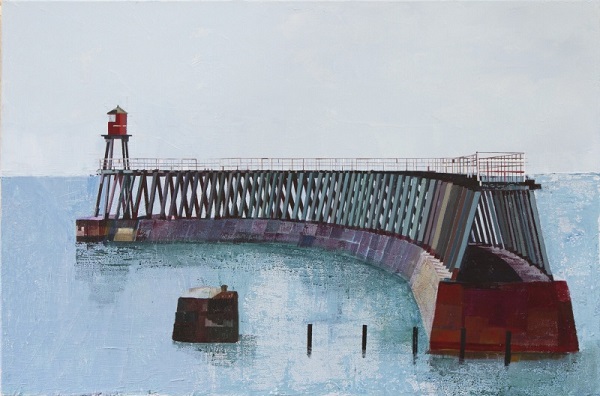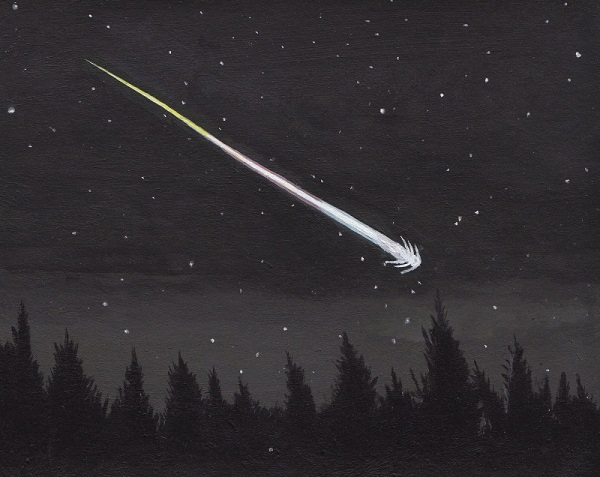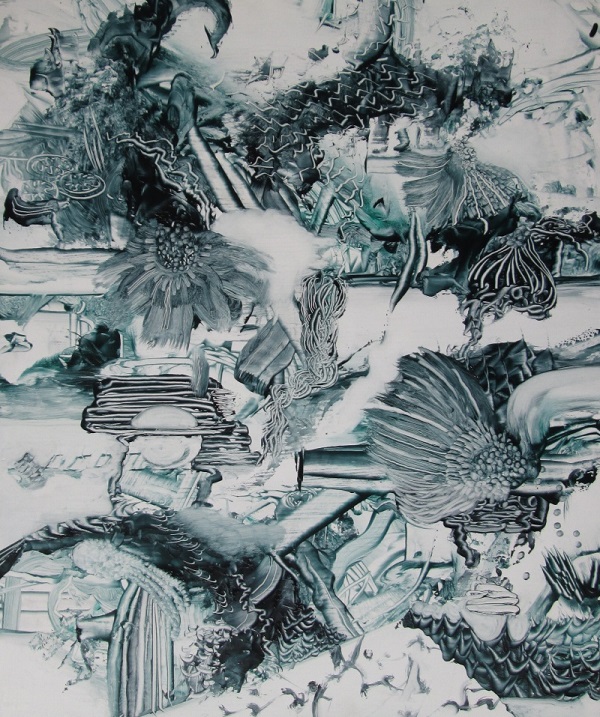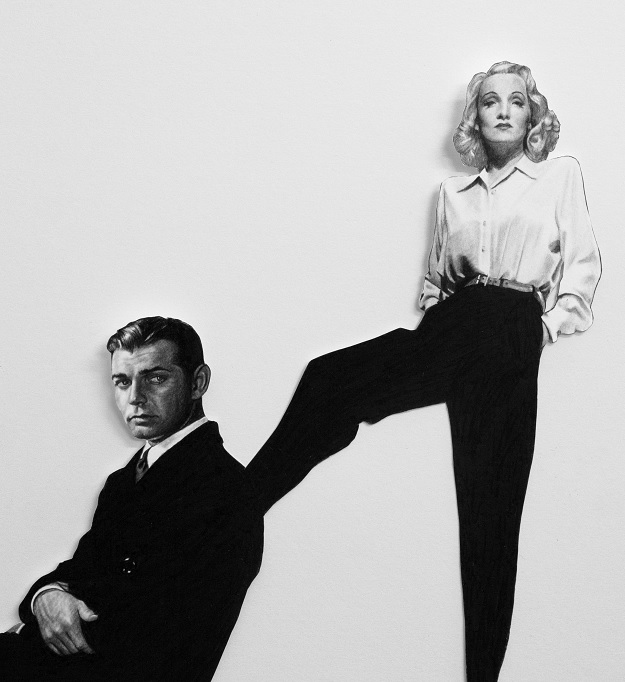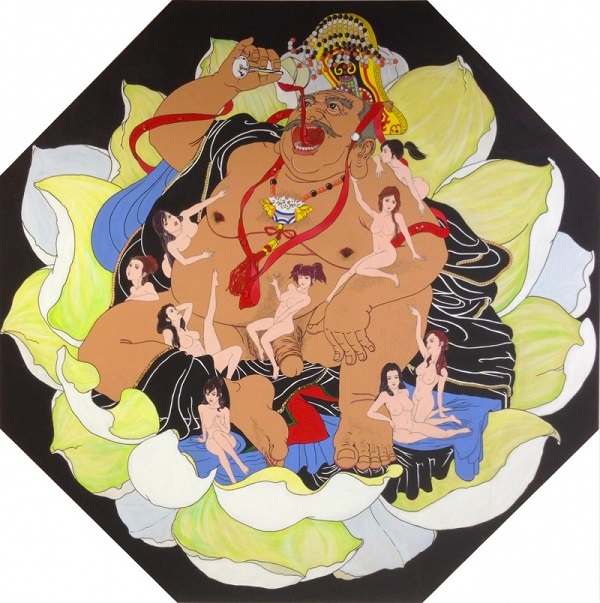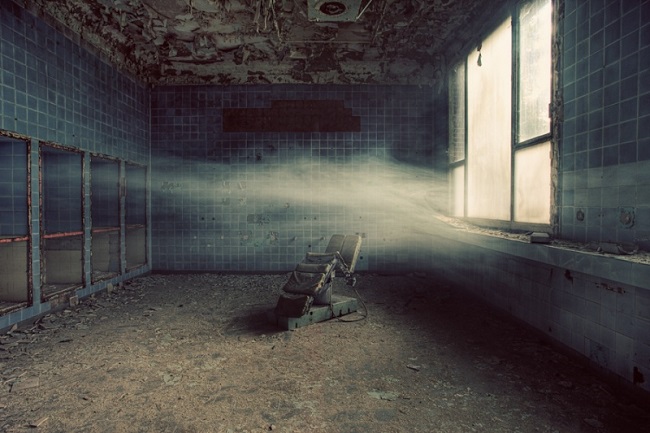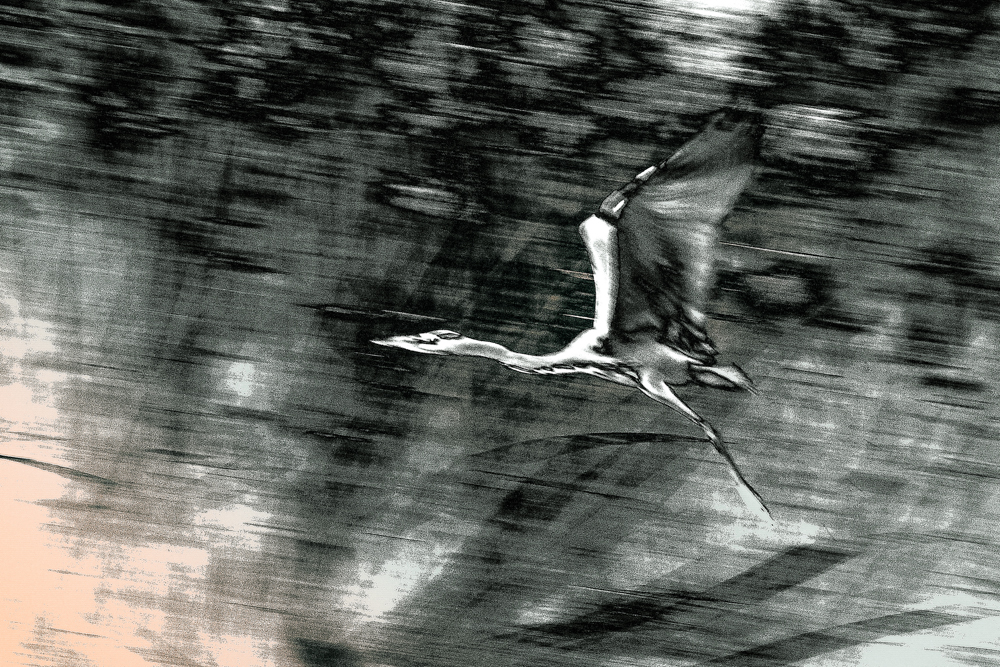
Alice began her career as a copywriter and graphic designer, eventually responsible for positioning global brands, and developing and executing their marketing and communication strategies.
Returning to her creative roots several years ago as an artist/photographer, Alice has produced five exhibitions, including The Iceland Trilogy, held at the Embassy of Iceland in London, and Black, White and Red held in Nice, France. Continue reading “Q&A with Alice Gur-Arie
Exhibiting at the Curious Duke Gallery
1st Dec 2016 – 28th Jan 2017″
